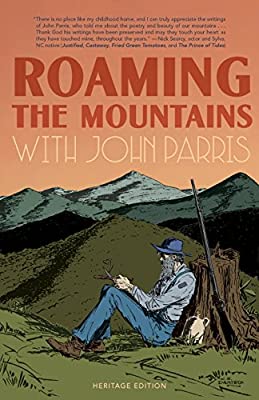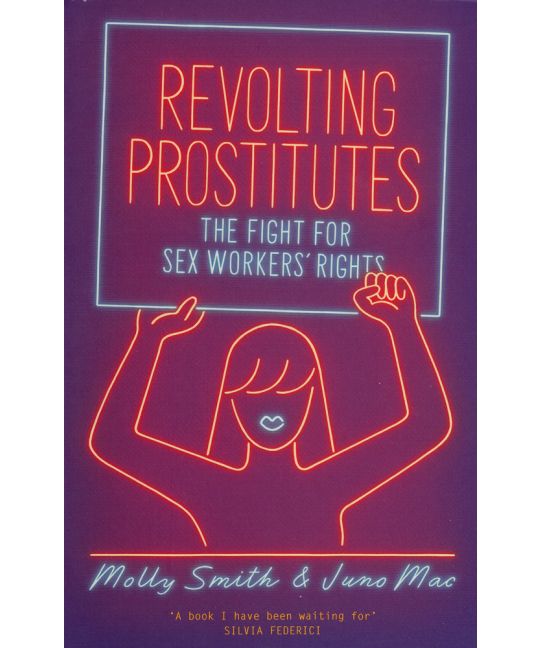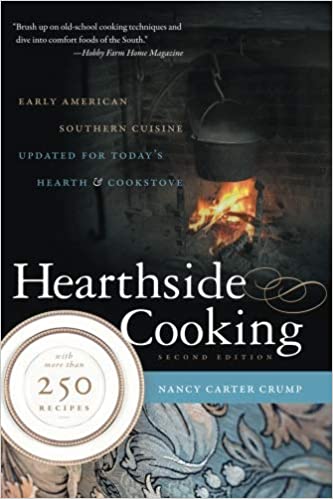One Year In: What We’re Reading (1)

Joanna Church, Director of Collections and Exhibits: 2021 hasn’t been a stellar reading year for me so far, honestly. My personal-goal numbers are on par, but I haven’t made much (well, any) progress on the Book Riot “Read Harder” challenge I’m meant to be doing with some friends; I’ve basically just been powering through some genre fiction and re-reading old favorites.

Not that there’s anything wrong with either of those things! But they don’t exactly cry out for sharing with the world when we’re asked to contribute to a “what we’re reading” post. Thankfully for these purposes, I have also been slowly making my way through Michelle Obama’s Becoming, and Till a Hundred and Twenty Years, a memoir about Jewish Baltimore.
Maggie Hoffman, Archivist: Like many, I have had trouble concentrating over the past year. While I was initially frustrated with my inability to focus, I’ve since forgiven myself and turned to short stories, essays, and the occasional novella. Another consequence of the times? I’m missing my hometown in the mountains of Western North Carolina after my annual visit was cancelled. Luckily, I’ve found a balm for both.
In the 1950s, storyteller John Parris began penning a weekly column for the Asheville Citizen-Times. He wrote mountain stories, ranging from artful descriptions of local flora and fauna to playful depictions of molasses pulling in the nineteenth century. He shared folk stories and reflected on “the good old days” in tales that deserve a critical reading with a healthy pinch of salt. Parris wrote down the stories that so many Appalachians were raised on and added another rich layer with occasional comparisons to 1950s Asheville. Reading age-old stories of the mountains I grew up in has become a remedy for homesickness.

And while Parris’ columns are ideal for my limited attention span, they still offer ample opportunity to think critically and reflect on the communities and stories that Parris left out of his narrative. A collection of these columns, Roaming the Mountains with John Parris, was originally published by the Asheville Citizen-Times in 1955 and was (thankfully) reissued by Two Hoots Press in 2016.
Talia Makowsky, Visitor Services Coordinator: A friend gifted the book Revolting Prostitutes: The Fight for Sex Workers’ Rights by Juno Mac and Molly Easo Smith to me last year. I’ve only just now gotten around to reading it, and I’m so glad I am. With a degree in Women’s and Sexuality Studies, the topic of sex workers’ rights is not new to me. I’ve always been interested in how the intersections of race, gender, sexuality, and more affect the way that people try to find work, and this book does a very good job in showing how marginalization and criminalization leads people to get into prostitution, rather than helping them to get out of sex work.

While the writing is academically heavy, it’s incredibly well sourced and informative, breaking down how the various systems in our capitalist society in the US and in the UK greatly affect the lives of those struggling to find a living. Written by two sex workers, the book also makes clear how sex workers have been silenced by those in positions of power and privilege, and works to challenge the narratives of the “high-end escort”, instead turning attention to those who do sex work for survival, rather than for power.
It can be a hard read, as the authors spend time remembering and reflecting on the deaths of sex workers, who had no safety nets to protect them from gendered violence, but worth exploring, especially if you’re committed to dismantling racist, misogynist, and classist structures of power in our society.
Chris Sniezek, Shop Manager – Esther’s Place: I haven’t read much these past couple weeks since I’ve been more focused on trying to enjoy the sunshine more and relax through other means (plus I’ve read most of my books now), but I did read an unconventional book last month. This book is called Hearthside Cooking: Early American Southern Cuisine Updated for Today’s Hearth and Cookstove and as the title suggests, it is primarily a recipe book with a little bit of history thrown in.

With over 250 recipes, most of the book lists ingredients and cooking directions, but similar to a cooking blog, each recipe is preluded with a brief history on the item and its commonplace on the table followed by the modern changes with each recipe. For example, when discussing soup, the author, Nancy Crump, explained the difference in flavor and time between boiling down soup into a thick broth and today’s variant with bouillon cubes. It has been enjoyable reading this book since it is an easy read and I (usually) get a tasty morsel out of it too! Many of the recipes have fireside cooking times which are useful for whenever I can get out re-enacting again so I can expand upon my meals. Now I can try cooking food that isn’t hardtack or soup!
Continue to What We’re Reading Part 2!
